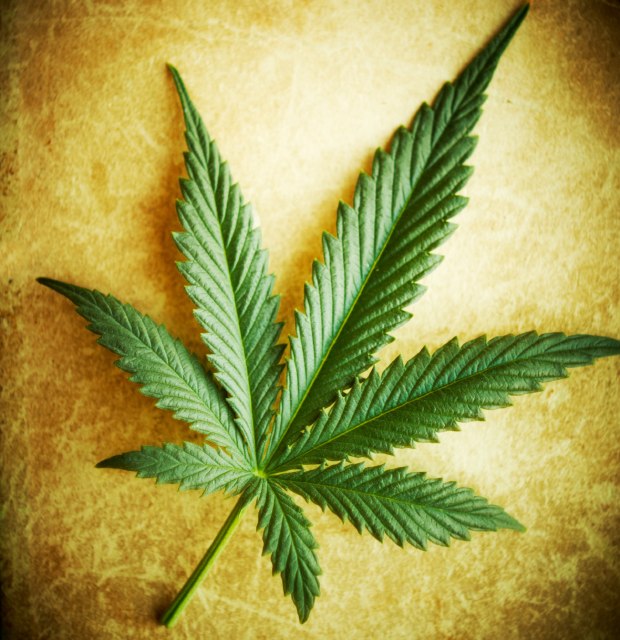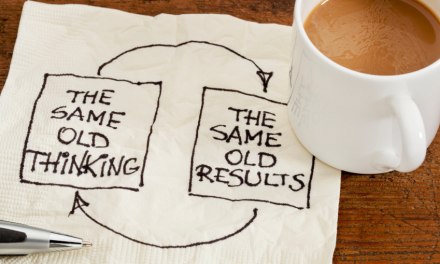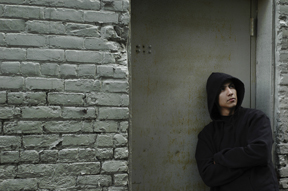I’m wondering how statewide legalization of cannabis will affect the life of a treatment program. After all:
- Cannabis already ranks among the top two or three drugs of past use among clients. That’s in spite of current sanctions. As a result, counselors are accustomed to addressing marijuana within the context of a clients’ addictive pattern. It doesn’t seem to matter whether the primary substance is alcohol or opiates or a stimulant such as cocaine or methamphetamine– pot will be in there somewhere. That’s due to its widespread availability and relatively low price.
- Arrest rates for cannabis use are already in steep decline– and have been for more than a decade. It’s a de facto trend towards decriminalization, and the law is catching up. Same for driving offenses. It isn’t easy to find jurors willing to convict someone for DUI if the only substance involved is cannabis. As a result, prosecutors are less willing to go forward.
It’s significant that researchers have been able to suggest that medical marijuana reduces an individual’s use of other, “harder” drugs. That’s because it’s easy to find patients in medical pot programs who are already heavy users of opiates or cocaine.
What IS likely to happen to addiction treatment in a state that legalizes cannabis?
- Clients in treatment for opiate or alcohol or stimulants will insist on continuing to smoke pot. As you might imagine, this is already happening. According to counselors I’ve talked with, it makes for some interesting clinical issues.
Let’s say Michael, a DWI offender, keeps relapsing to alcohol and accumulating more offenses. Does his use of pot reduce his craving for alcohol (as he claims), or is it actually helping to trigger his drinking? And does showing up for treatment under the influence of pot (it’s hard to miss) interfere with his progress in counseling?
- We should expect greater numbers of cannabis dependent clients in treatment programs– particularly at the outpatient level. Two reasons for that prediction: First, competition for an expanding market should lead to the appearance of more potent strains of marijuana on the street. Second, that same competitive spirit will make higher quality pot more readily available, and affordable, for people in lower income groups– and adolescents. If kids already begin experimenting with alcohol and tobacco at 12 or 13, what’s to prevent them from smoking pot at a comparable age?
There’s a built-in lag time for such changes to show up in treatment data, but that doesn’t mean they aren’t already occurring. We’ll have to wait and see what happens next.













